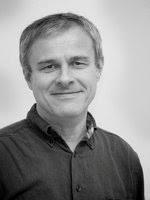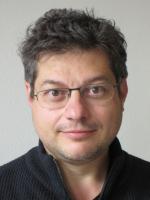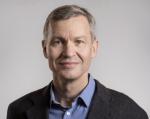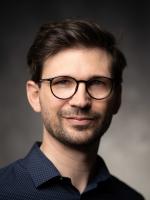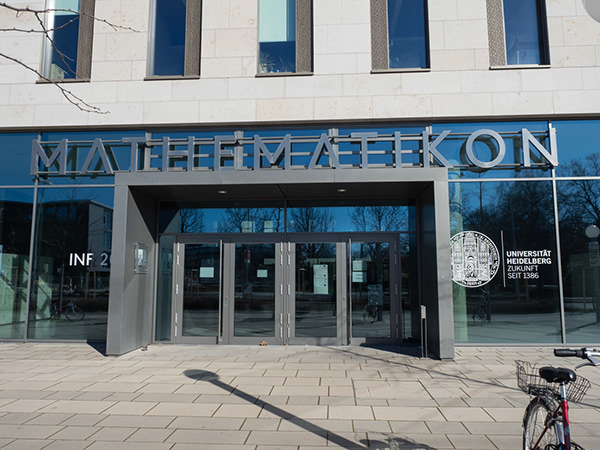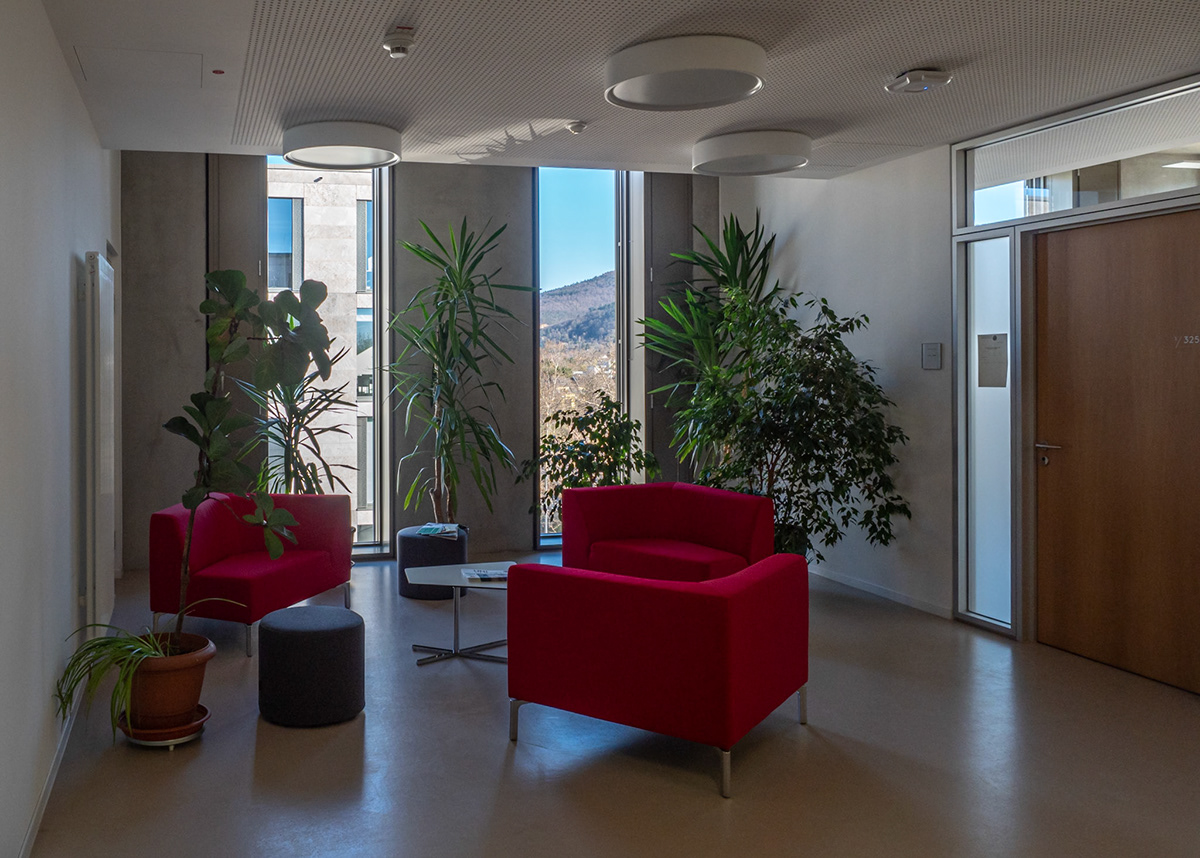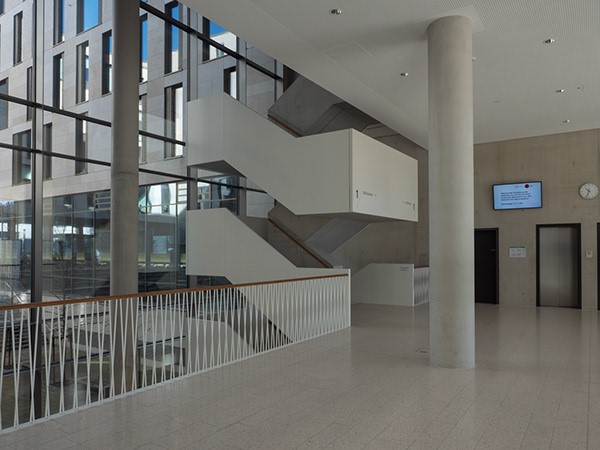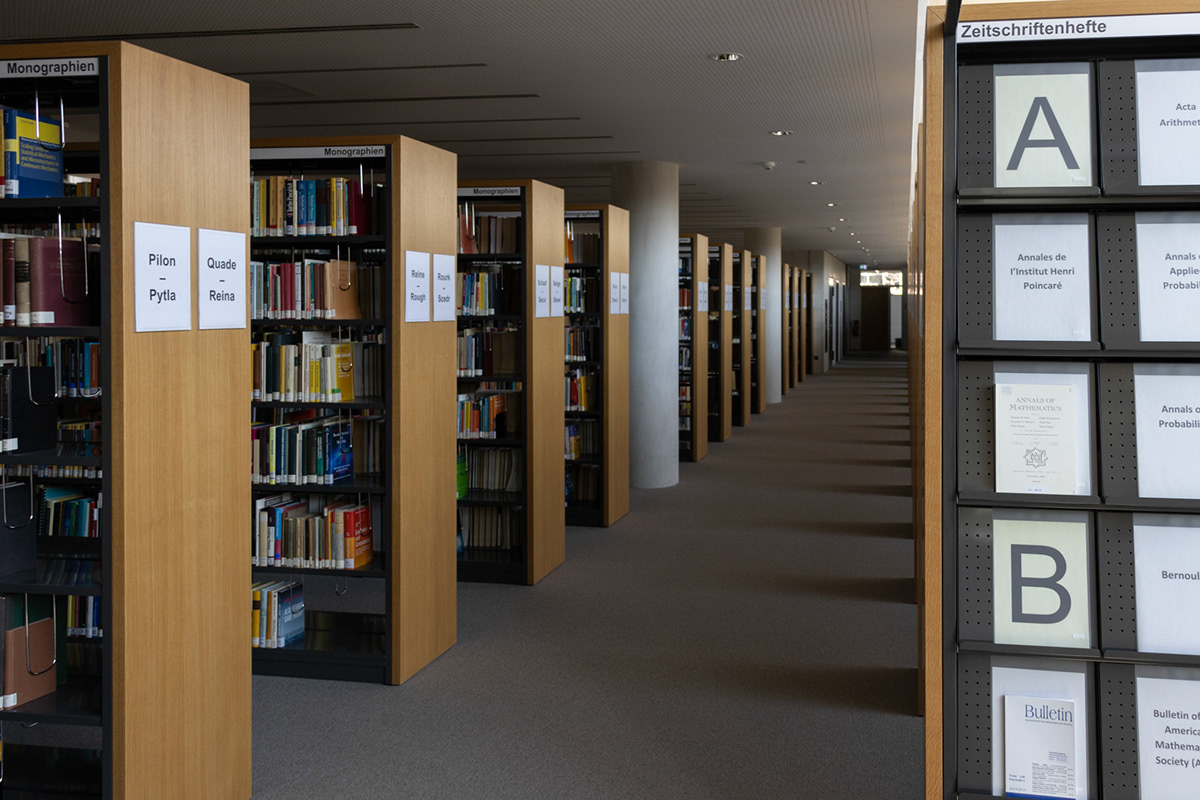
Mathematical Physics and Automorphic Forms
The theory of Automorphic Forms investigates the incarnation of algebraic structures such as group actions through analytic objects in a far-reaching generalization of classical modular forms. Their unifying role, in particular in the Langlands correspondence, is based on ideas of
duality, and has strong ties to Mathematical Physics.
Research in Mathematical Physics in Heidelberg takes place at a variety of interfaces between the two disciplines, ranging from the analysis of functional renormalization and statistical mechanics to applications of ideas from quantum field theory in topology and algebraic geometry. Recent work includes contributions to the -expansion of random tensor theories, renormalization in fermionic and bosonic lattice systems, the geometric description and algebraic properties of open/closed BPS invariants in string theory, and the (super-)geometry of quantum field space. There are close ties to the Institute for Theoretical Physics in the Department of Physics and Astronomy.
The fruitful interaction of mathematics and physics is at the very heart of the cluster of excellence STRUCTURES at Heidelberg University.
Recent work on automorphic forms in Heidelberg has focused on -functions of Siegel modular forms and automorphic representations, bounds and sign changes of their Fourier coefficients, endoscopy for four-dimensional Galois representations, and Drinfeld modular forms.
Historical Perspective

Heidelberg's reputation as an internationally perceived focal point in the field of automorphic forms is based on the long-standing work of Hans Maaß in the postwar period and was later further fueled by researchers such as Eberhard Freitag, Michael Rapoport, Winfried Kohnen, and Rainer Weissauer. Today, the name Maaß is associated first and foremost with the waveforms named after him, which he introduced to establish a link between the theory of modular forms and number theory. But even before Maaß, research in this field had already been carried out in Heidelberg, a prominent example being the investigations of Fuchs groups by Lazarus Fuchs towards the end of the 19th century, which were significant for the theory of modular forms.
Research Groups
If you are interested in the above research directions, we invite you to follow one or more of the intermediate (upper bachelor) course sequences in complex analysis, algebra, theoretical statistical physics, quantum field theory, and general relativity. The knowledge gained in these courses can then be deepened by participation in various seminars and topics courses. Please contact one of the following research group leaders for research opportunities in the framework of final theses in Mathematics and/or theoretical Physics:
